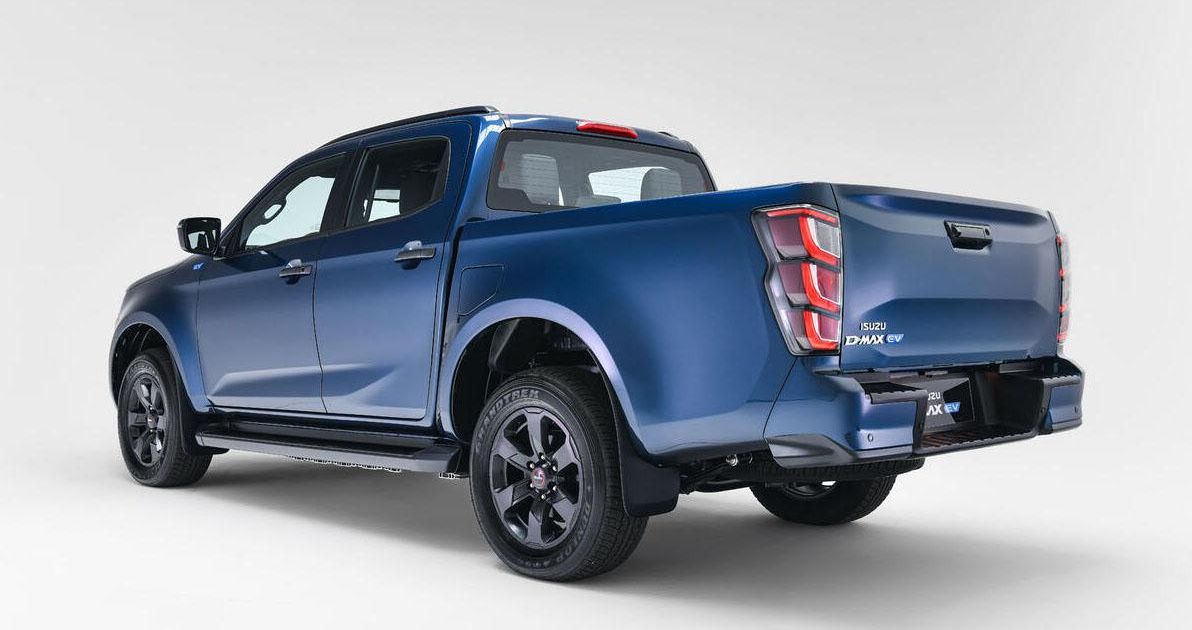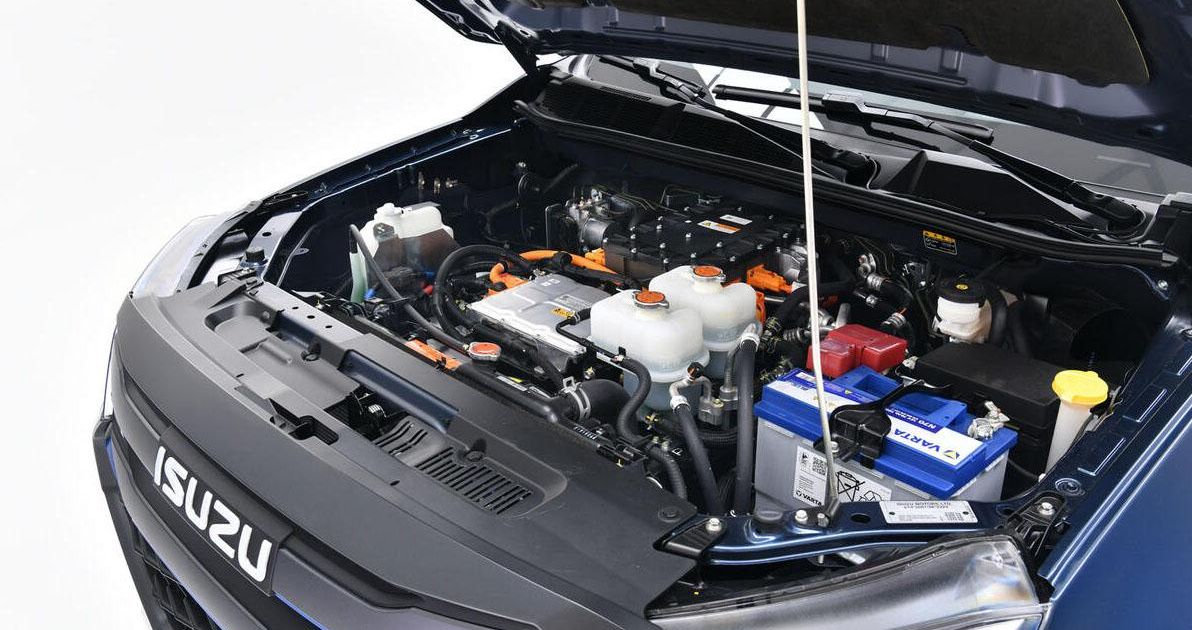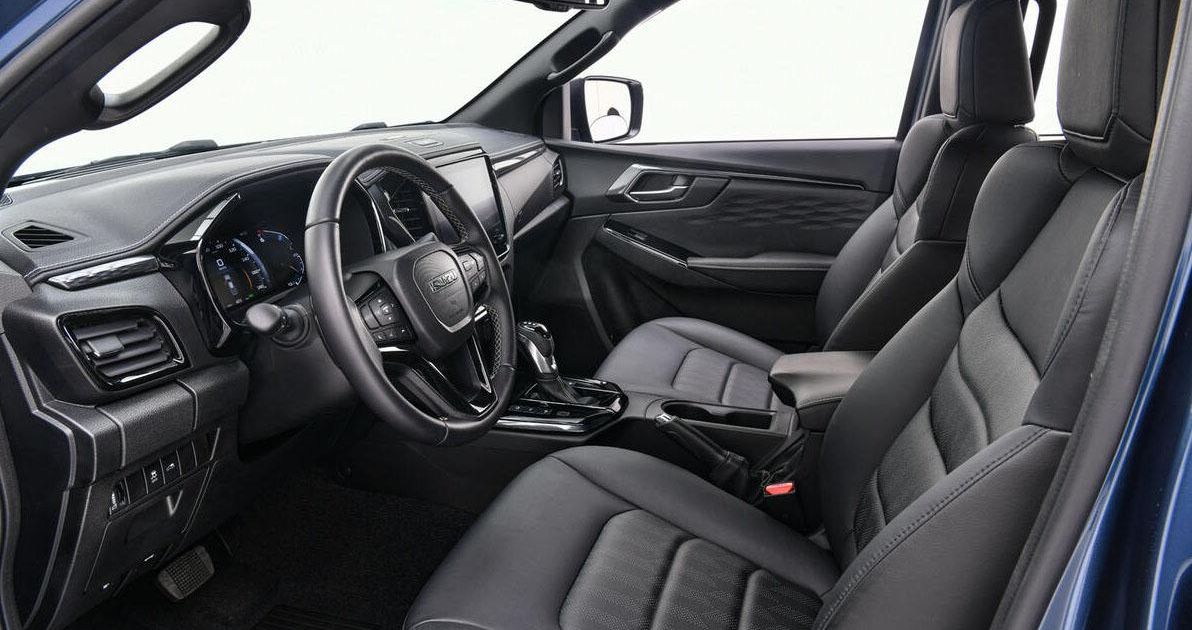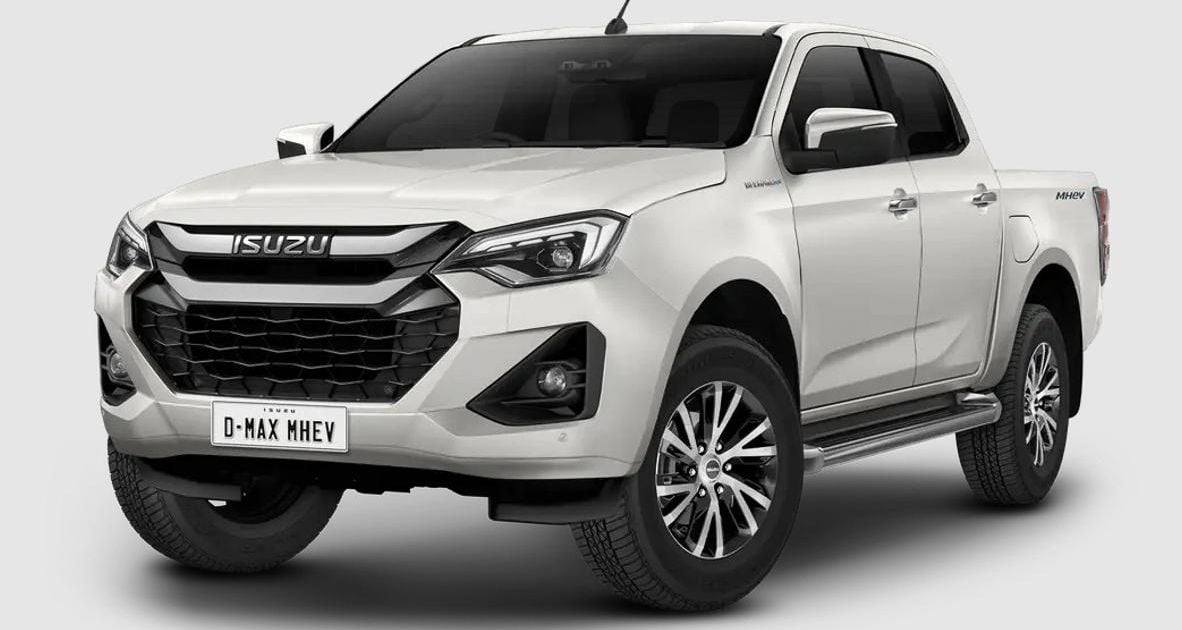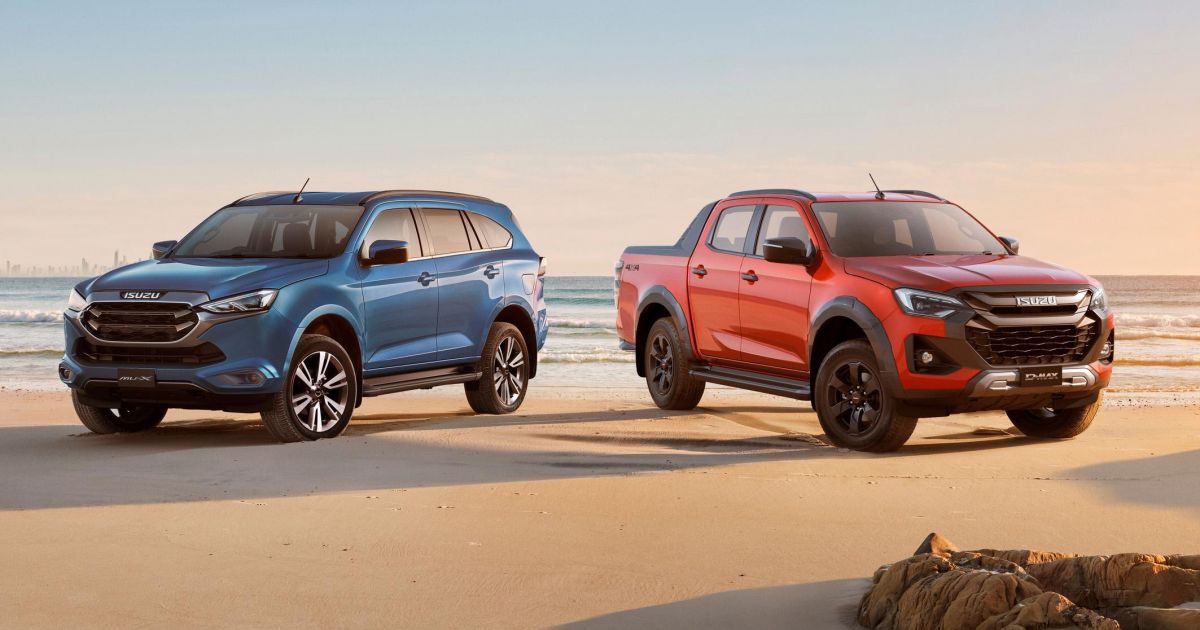The Isuzu D-Max EV has been priced and specified in the UK, and if Isuzu Ute Australia (IUA) follows suit the electric dual-cab 4×4 ute could cost more than $100,000 when it arrives here.
IUA is yet to announce local pricing, specs or launch timing for the first D-Max electric vehicle (EV), which will be launched in Norway later this year, followed by Thailand and the UK, where it will be released in early 2026.
Revealed in April, the D-Max EV will be a critical vehicle for IUA, where its only two existing models – the diesel-powered D-Max ute and the related MU-X large SUV – will be hit with increasing CO2-related financial penalties under the federal government’s New vehicle Efficiency Standard (NVES) from this month.
CarExpert can save you thousands on a new D-Max. Click here to get a great deal.
However, local demand for the first D-Max EV could be significantly impacted by a price premium that, based on the UK model lineup, could amount to about $30,000 over an equivalent diesel D-Max.
In Britain, the range-topping D-Max eV-Cross has been priced at £62,495 plus VAT sales tax – substantially more than the £40,900 price of that market’s equivalent diesel-powered V-Cross variant.
While a direct currency conversion is less relevant, the same price difference applied to Australia’s premium D-Max X-Terrain variant (currently priced at $70,500 before on-road costs), would see a fully loaded D-Max EV priced at around $108,000 plus on-roads.
An extended-cab D-Max EV will also be available in the UK, priced at £59,995, but even the entry-level dual-cab electric variant called the eDL40 will cost £60,995 in Britain – over £20,000 ($A40,000-plus) more than the diesel variant on which it’s based.
Given the cheapest dual-cab 4×4 pickup version of the D-Max currently costs more than $50,000 in Australia, the same price premium would see the dual-motor four-wheel drive D-Max EV priced above $90,000.
Australia’s first electric ute was the LDV eT60, which was initially launched at $92,990 before on-road costs in late 2022. Following significant discounts since then, it has attracted just 117 sales to June 2025.
But while the eT60, which will soon be replaced by the new eTerron 9, was a rear-wheel drive dual-cab which claimed a 330km driving range on the European WLTP standard, the D-Max EV will be offered exclusively with a dual-motor permanent four-wheel drive powertrain offering a claimed range of just 263km under the same test cycle.
It will, however, match its diesel equivalent/s with a 1000kg payload and 3500kg towing capacity, as well as similar off-road credentials – despite exchanging rear leaf springs for coil springs in a DeDion rear suspension setup.
For reference, the eTerron 9 will bring 430km of range (WLTP), a power output of 325kW and the same 3.5-tonne tow rating.
The D-Max EV combines a front axle-mounted electric motor producing 43kW/108Nm with a rear motor delivering 97kW/217Nm to offer a combined total of 140kW/325Nm, matching the D-Max’s 3.0-litre four-cylinder turbo-diesel for power but falling 125Nm short.
Its 66.9kWh under-floor battery can be DC fast-charged at up to 50kW is claimed to offer 20-80 per cent charging in one hour, with 11kW AC home charging said to provide a 0-100 per cent charge in 10 hours.
Top speed is listed at just 128km/h and kerb weight increases by about 200kg of the X-Terrain to 2350kg.
However, the D-Max EV otherwise offers similar performance figures to its diesel equivalents, including claimed 0-100km/h acceleration in 10.1 seconds, 210mm of ground clearance (down from 240mm), a 600mm fording depth (down from 800mm), and slightly less generous approach and departure angles of 30.5 and 24.2 degrees respectively.
Apart from front quarter and rear ‘EV’ badging, a grille with blue highlights, and a CCS charging port instead of a diesel fuel filler, the electric D-Max looks almost identical to its dual-cab 4×4 diesel stablemates both inside and out.
Inside, there is a 9.0-inch infotainment touchscreen with smartphone mirroring, a 7.0-inch digital instrument cluster, dual-zone climate control and heated front seas.
The D-Max EV will be offered in Europe in two trim levels, both riding on 18-inch wheels and featuring an energy-saving Eco mode and four levels of selectable brake energy regeneration.
First revealed in concept form in March 2024, the D-Max EV could be the next all-electric ute (as opposed to plug-in hybrid utes like the BYD Shark 6, GWM Cannon Alpha PHEV and Ford Ranger PHEV) to arrive in Australia after the eTerron 9.
Electric versions are expected of the top-selling Ranger, the next-generation Toyota HiLux due in 2026, and the all-new Kia Tasman that launches this month.
IUA told CarExpert in February it was considering the release of several electrified versions of the D-Max, including mild-hybrid (MHEV), plug-in hybrid (PHEV), full electric (EV) and even fuel-cell electric (FCEV) and extended-range electric (EREV) powertrains to meet NVES emissions targets.
At the time, Isuzu Ute Australia (IUA) deputy general manager Sadanori Sugita confirmed the D-Max EV would be launched in Australia “in the near future”, before IUA managing director Junta Matsui said the company would not lock in any electrified powertrains until full details of the NVES had been announced.
“We haven’t decided anything yet, frankly speaking,” he said. “We leave our options open. We try to minimise the impact to the market of course.
“We’re talking to the product development team, talking to Isuzu in Japan, and of course talking to the government side, because not many details have been disclosed yet, even though NVES is going to start in July.”
The NVES officially commenced on January 1 this year and fines for exceeding CO2 emissions limits started accruing on July 1, before becoming payable in 2028.
It sets specific emissions targets that reduce between 2025 and 2029, for both ‘Type 1’ passenger cars and ‘Type 2’ heavy vehicles like the D-Max, which currently produces between 177g/km (for 1.9-litre turbo-diesel variants) and 207g/km of CO2 in 3.0-litre dual-cab 4×4 form.
While all D-Max variants are therefore under the 2025 NVES Type 2 target of 210g/km, that CO2 limit will reduce to just 110g/km in 2029.
However, Mr Matsui said both the MU-X and D-Max will remain NVES-compliant in the long-term, with the help of electrified powertrains.
“We’re going to find a way for sure. We’re going to make a nice balance,” he said. “We try to find a nice balance between being fit for purpose for the Australian people and coping with the NVES targets.”
MORE: Everything Isuzu

